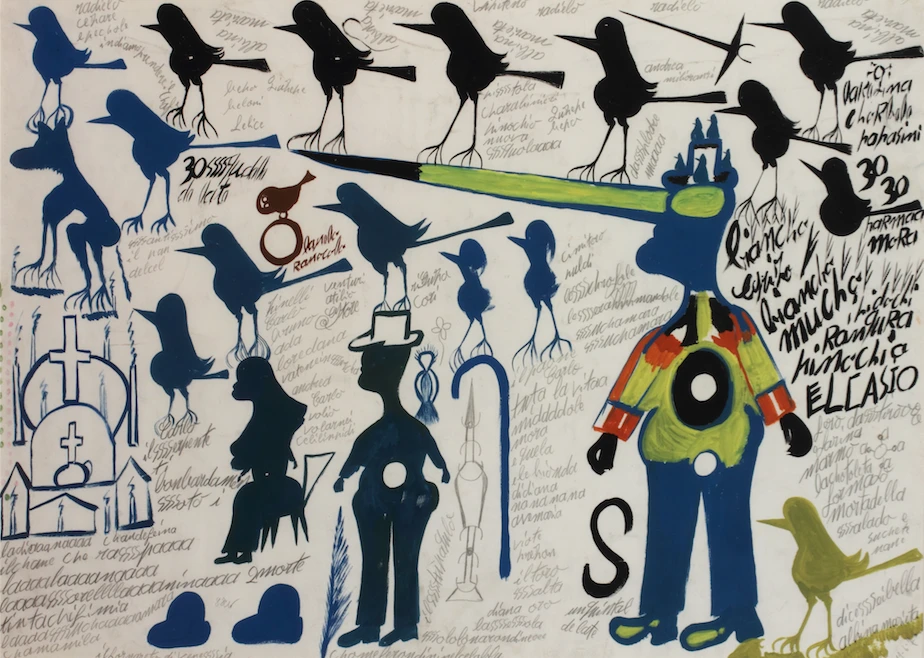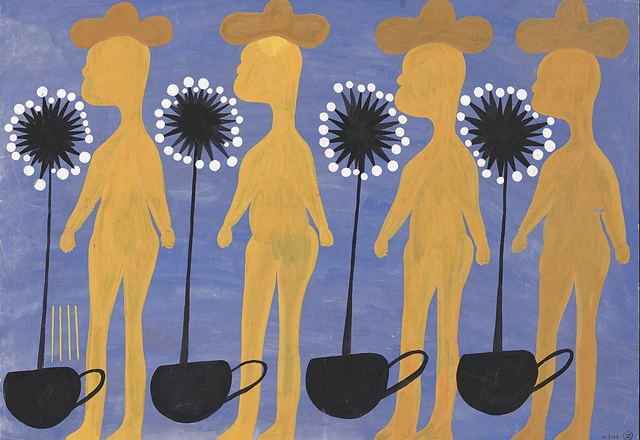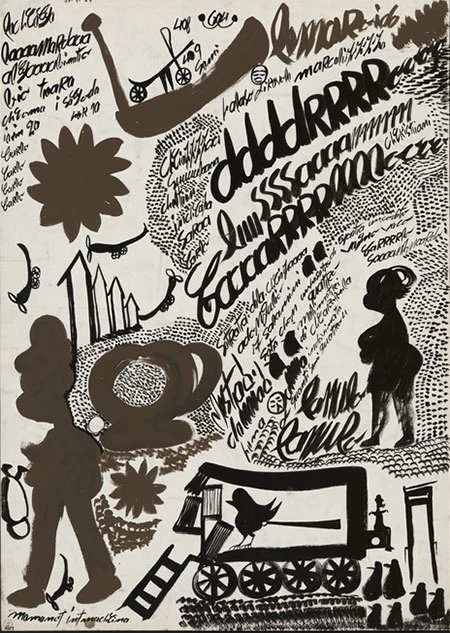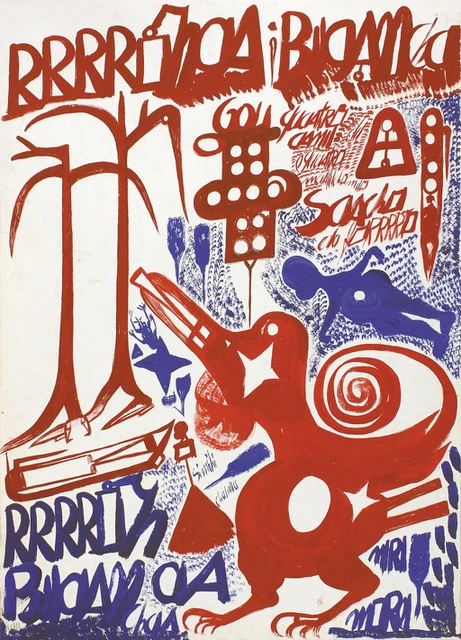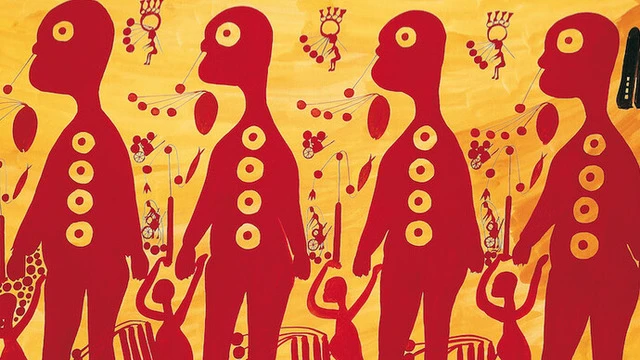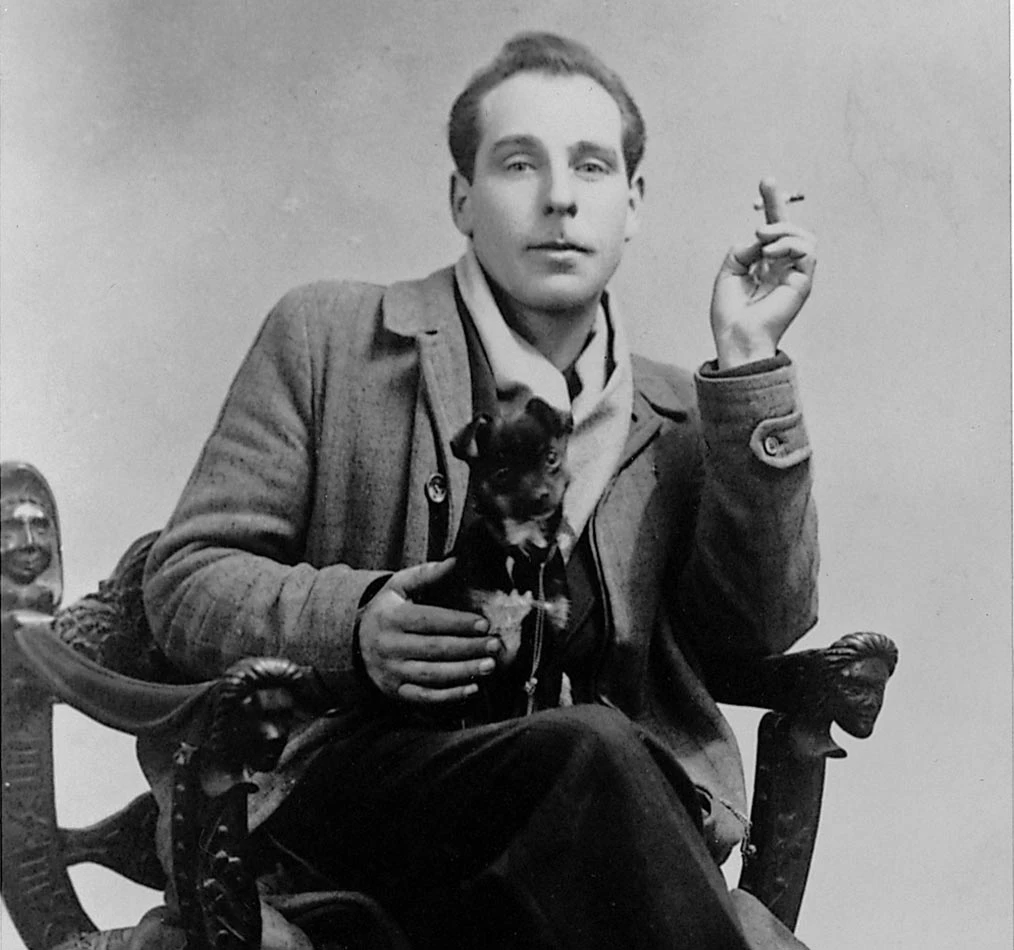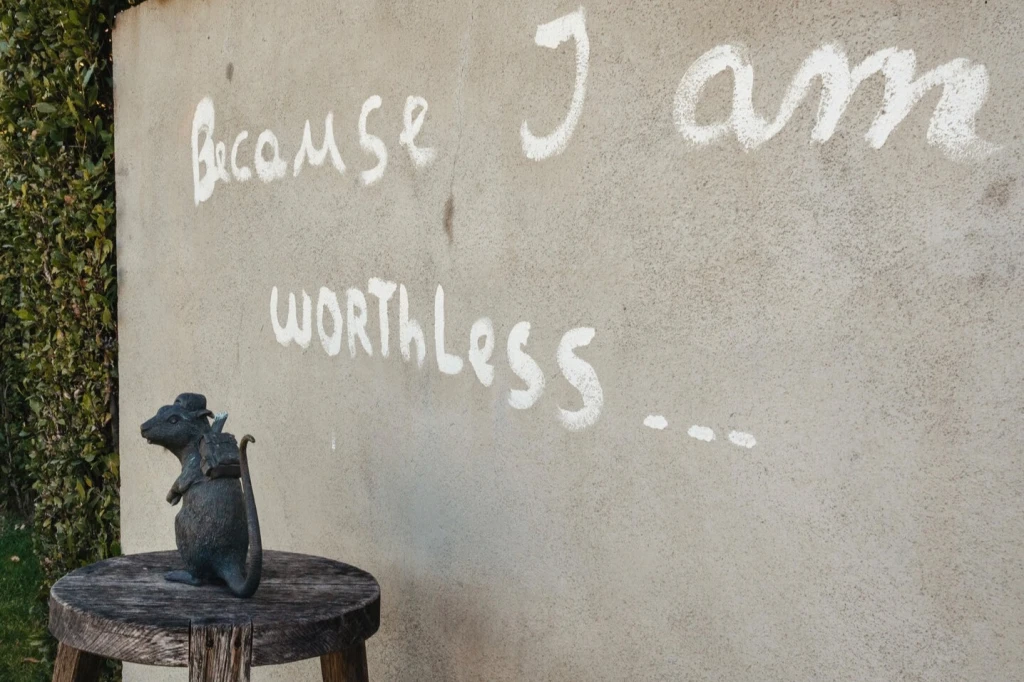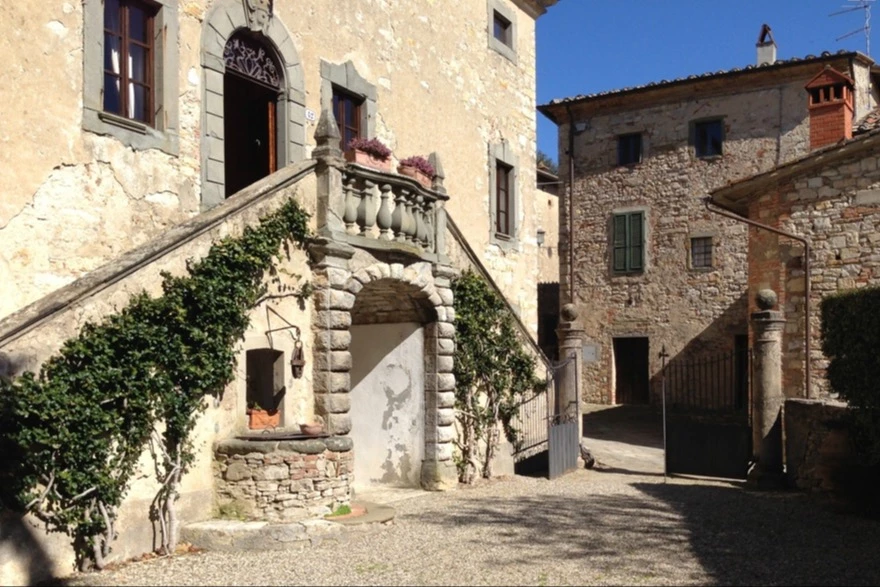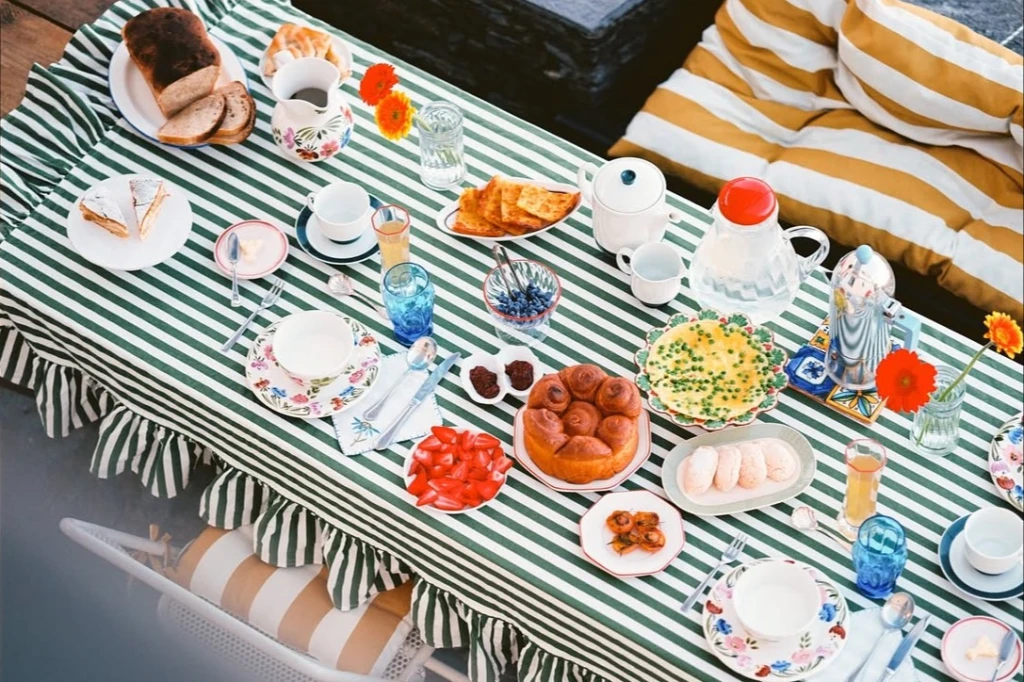Carlo Zinelli - The Italian Outsider
Zinellis's life story is both captivating and deeply tragic and informs the perception of his art in such a crucial way. It begins on a quiet farm near Verona, where Zinelli worked alongside his family harvesting crops and living the peaceful, predictable life of a labourer. Then, at age 19 he enlists to fight in the Spanish civil war, where he endures the horrors of battle from the front lines, ultimately manifesting in shell shock and a schizophrenic disorder. Consequently, he was admitted to a mental hospital, where he spent the first 10 years in almost complete isolation. This lonely existence bound him as more prisoner than patient.
Madness or Master piece
Finally, an opportunity presented itself. The hospital had introduced a painting and sculpting worship for a handful of patients in a small studio on the grounds. Zinelli lobbied passionately for a place in this group, and finally, his wish was granted. He quickly became engrossed in his work. It was instantly visible that this was an outlet, a release, an outpour of the mental struggle which raged within him. He would spend up to 8 hours a day with his tempera paints and colored pencils, furiously depicting these compact, energized scenes. His creative routine became therapeutic and his psychiatrists at the time noted the positive shift in behavior. He even gained some recognition from artists such as Jean Dubuffet, and his work was featured in exhibitions across Europe. Several years later, the hospital closed down and Zinelli was transferred to a new facility. Here, he began creating less and less until his art became a thing of the past. At the end of his life, Zinelli left behind almost 3,000 works and a legacy as one of the most prominent European outsider artists.
The Outsider Artist
While researching Zinelli, I discovered this term: ‘outsider artist’. It refers to an artist whose work echoes the naïve quality of a self-taught artist who detached from the world of art. There is also usually an element of mental distress and disorder. Carlo Zinelli really embodies this title. I believe that the process of an ‘outsider artist’ may be the most pure form of creating art that there is. There is a sense of complete uninhibited creative freedom which is visible in Zinelli's work. This also translates to a somewhat childish quality which is both endearing and unsettling in contrast with the theme of mental illness.
Cryptic, visually dynamic puzzles
One technique favored by Zinelli was the use of patterns. At first glance, the viewer is flooded with patterns, instantly creating this atmosphere of repetition and unrest. His work is what can only be described as loud - yes, visually, but also in an audible sense, through the bold onomatopoeic exclamations that stretch across his artworks. Jenifer P. Borum accurately described Zinelli’s work as “cryptic, visually dynamic puzzles in which figures, animals, architectural structures, and language fragments combine to suggest strong, yet untranslatable utterances in a mysterious language known only to the artist “. These manic “untranslatable utterances” which Borum refers to, creates a tone that reminded me strikingly of Virginia Woolf’s Septimus, who is a fictionalized symbol of the unraveling ‘shell shocked’ man. I also observed that his work is either very structured and consistent, or it is entirely void of structure, a wild outpour. This effectively echoes the temperamental, fluctuating nature of schizophrenia.
I also noticed several recurring themes in Zinelli’s work. This includes the theme of War, through repeated stark, mechanical imagery. He juxtaposes this, however, with the use of the natural imagery of birds and horses. These contrasting themes are likely symbolic of the realities of Zinelli’s childhood in comparison with his adulthood. There are also the darker themes of religion and death in contrast to the theme of community and companionship. These faceless, ambitious groups of people often feature in Zinelli’s paintings perhaps as a way of pointing at the artist's own loneliness and institutional isolation.
Hope
Once again, I’d like to point to the juvenile overtones of Carlo Zinelli’s work. The un-complex use of primary colors, the disproportionate two-dimensional human forms, the free, bold shapes, and the illustrative style. His depiction of people is also evocative of that of a child. I think there is an interesting sense of humor to these drawings; men with big, exaggerated noses and tongues that extend out of their mouths like that of a malicious frog. While the context in which his work was created is incredibly heavy and difficult, this element of silliness reveals a man who hasn’t lost his inner child, and most importantly, his sense of hope.
Where to see Zinelli
Museo Carlo Zinelli (Carlo Zinelli Museum) - Located in San Giorgio di Nogaro, in the region of Friuli-Venezia Giulia, Italy, this museum is entirely dedicated to Carlo Zinelli's works. It houses a significant collection of his paintings and drawings, providing insight into his artistic journey and evolution.

